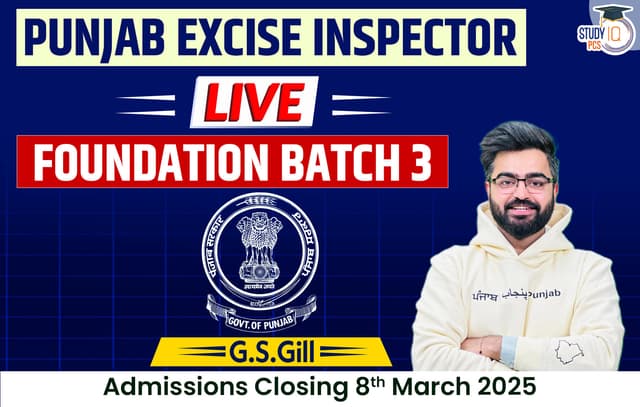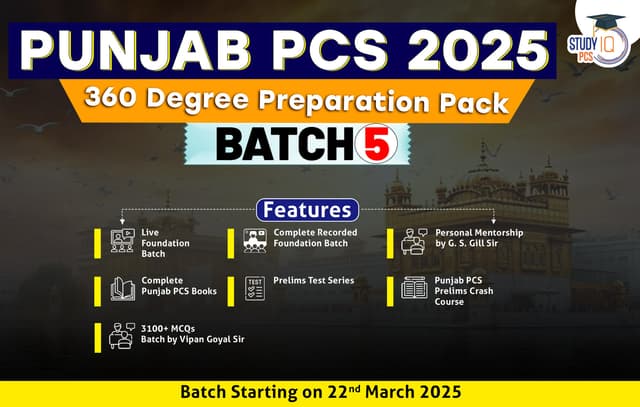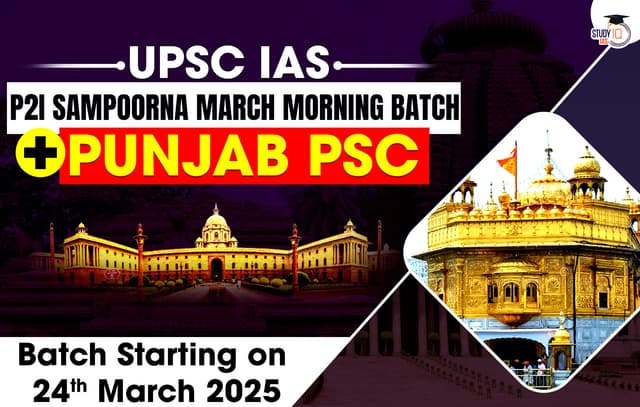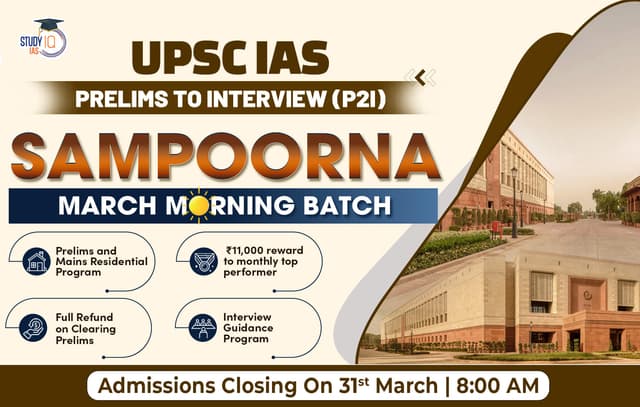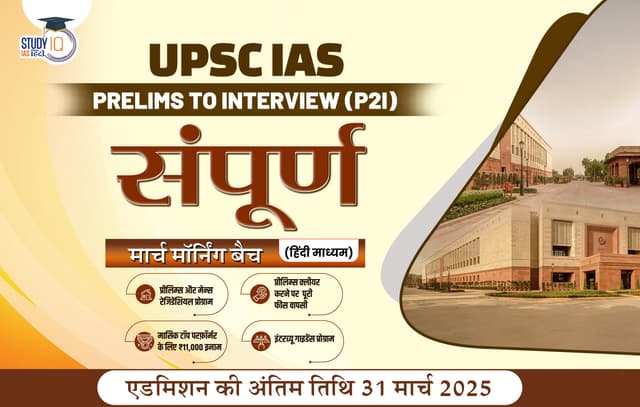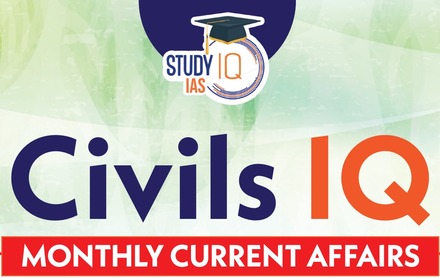Table of Contents
The Indian constitution has established an ‘integrated Judiciary’ (SC + HCs + District courts). This system ‘enforces’ both central + state laws
High Court
| Aspect | Details | ||||||||
| Constitutional provisions |
|
||||||||
| Origin |
|
||||||||
| State Judiciary |
|
||||||||
| Constitutional provision (original) |
|
||||||||
| Territorial Jurisdiction |
|
||||||||
| Parliament |
|
||||||||
| Composition of HC |
|
||||||||
| Appointment of HC Judges |
|
||||||||
| Qualifications |
|
||||||||
| Oath |
|
||||||||
| Salaries and Allowances |
|
||||||||
| Tenure |
|
||||||||
| Removal procedure |
|
||||||||
| Transfer of High court Judges |
|
||||||||
| Acting, Additional and Retired Judges | Acting Chief Justice of High court
Additional Judges
Acting Judges
Retired Judges
|
Punjab and Haryana High Court
History
- Initially, the Lahore High Court was established in 1919, whose jurisdiction covered undivided Punjab and Delhi having its seat at Lahore. However, after independence, a separate High Court of Punjab (India) was created with its seat at Shimla under the Indian Independence Act, 1947 which had jurisdiction over Punjab, Delhi, present-day Himachal Pradesh, and Haryana.
- The seat of East Punjab Court was shifted from Shimla to Chandigarh (which started working on January 17, 1955 but inaugurated by Pt. Nehru later on 19th March, 1955). Thus, the first Chief Justice of Punjab High Court after shifting to Chandigarh was Justice AN Bhandari, while Justice Ram Lal was first one in Shimla.
- The PEPSU High Court was merged into Punjab High Court in 1956 under States Reorganization Act, 1956. A separate High Court for Delhi was created in 1966 under Delhi High Court Act, 1966.
- Finally in 1966, Punjab was reorganized in 1966 and consequently, a separate state of Haryana and UT of Chandigarh were created apart from the increase in territory of Himachal Pradesh.
- Henceforth, the Punjab High Court was renamed as ‘The High Court of Punjab and Haryana’, w.e.f. 1st Nov, 1966. Himachal Pradesh got its independent High Court at Shimla.
Current Scenario
- Punjab, Haryana, and Union Territory of Chandigarh have a common High Court which is situated in Chandigarh. As of 10st April, 2024, there are 55 Judges working in the High Court (against the sanctioned strength of 85 Judges).
- The court building is known as the Palace of Justice. Designed by Le Corbusier, this building and several of his other works were inscribed as UNESCO World Heritage Sites in July 2016.
- The ‘Punjab and Haryana High Court’ completed its 50 years of existence (Golden Jubilee) on 19th March, 2005.
- The position of Chief Justice of Punjab and Haryana High Court is currently vacant but Justice Gurmeet Singh Sandhawalia is the acting Chief Justice since 04-02-2024.
Regional languages in High Courts
- Out of 25 High courts, only 4: Rajasthan, Madhya Pradesh, Uttar Pradesh and Bihar – are allowed to use Hindi in their proceedings.
New proposals:
- Tamil Nadu, Gujarat, Chhattisgarh, West Bengal, and Karnataka have proposed using regional languages in their High Courts.
- The Chief Justice of India was consulted on these proposals in 2012.
- After thorough deliberation with other judges, he decided not to accept them.
- Reason for Non-inclusion: Inclusion will impact judges and lawyers who are not proficient in regional languages.



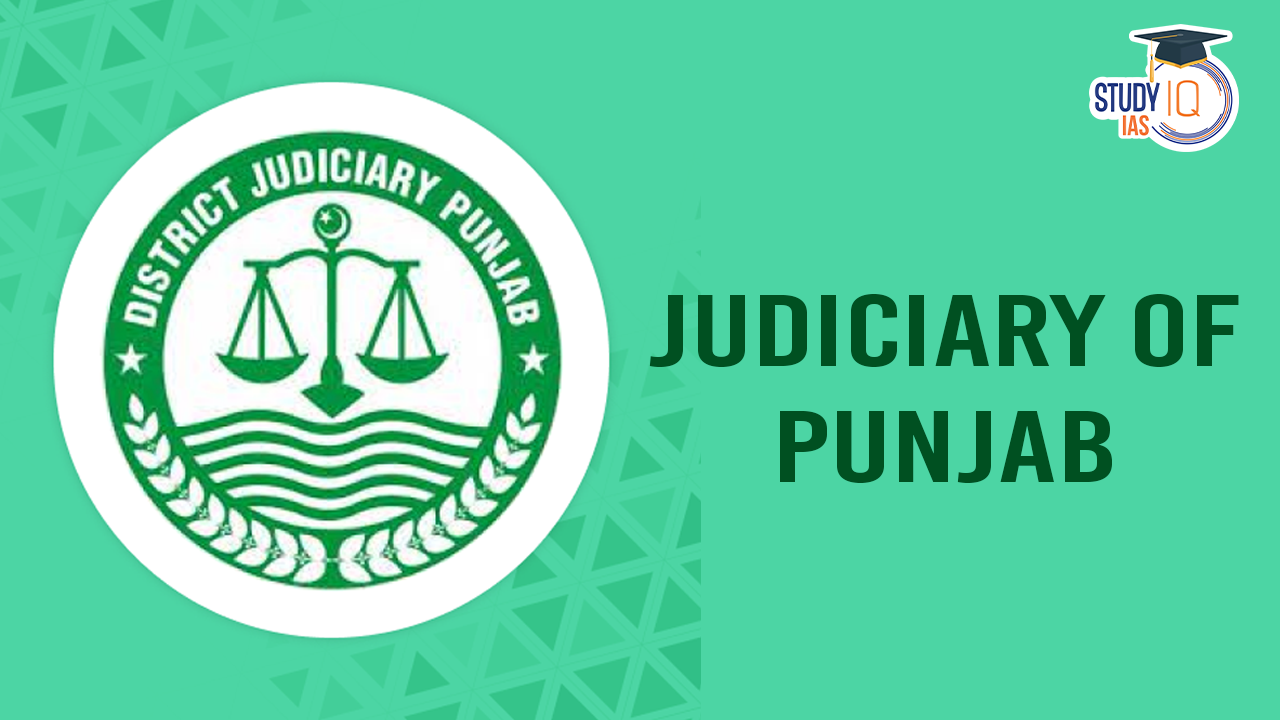
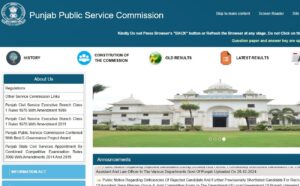 Punjab PCS Selection Process, Prelims, M...
Punjab PCS Selection Process, Prelims, M...
 State Universities of Punjab
State Universities of Punjab

